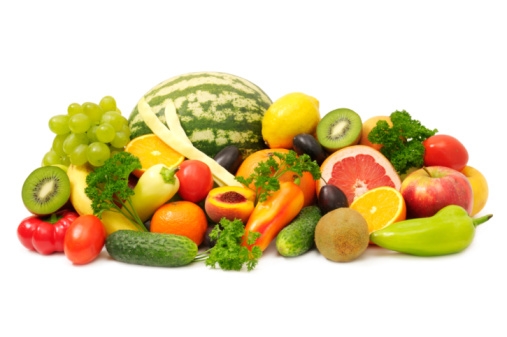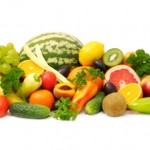
Cruciferous Vegetables Benefits: Impact on Inflammation and Cancer, Dr. Joel Hessler, Total Health Systems of Macomb County
There are many approaches directed at dealing with inflammation and the prevention of cancer. What approaches are most effective? How do I

We all know the basics: drink more water, avoid artificial sweeteners, limit your intake of refined foods and sugars. But what are some beneficial items you should include in your diet? Cruciferous vegetables offer valuable components that contain chemopreventive agents and serve a protective role. These components are called isothiocyanates and indole-3-carbinole (I3C). These components are not in the vegetables, but are formed after we eat them. The digestive process begins to break down the vegetables and releases glucosinolates. Glucosinolates are the precursor to isothiocyanates and indole-3-carbinole.
So what are cruciferous vegetables again? See below for a few examples.
- Broccoli
- Cauliflower
- Bok Choy
- Rapini
- Horseradish
- Land Cress Kale
- Collard Greens
- Cabbage
- Brussel Sprouts
- Turnip
- Arugula
- Watercress
- Radish
- Rutabaga
- Wasabi
There are a lot of options when it comes to cruciferous vegetables. Many of them you probably already eat pretty regularly. You might say I’ve already got this covered, what’s next? Well let’s see if you add up. To get the inflammation and cancer fighting benefits you need at least 300 to 400 mg of I3C. That adds up to at least 8 cups of ¬raw broccoli a day. Cooking cruciferous vegetables reduces the amount of glucosinolates by 18 to 59%. With cooking we would need anywhere from 10 to 16 cups of broccoli, to meet our desired intake of I3C.
That’s a lot! What does I3C do again? Indole-3-carbinole induces a G1 growth arrest of human reproductive cancer cells. Indole-3-carbinole also balances harmful estrogens identified as 16OHE1; which reduces the risk of breast, cervical, and ovarian cancer. By this same action prostate cancer risk is also reduced by causing early death of cancer cells. Recent studies have also shown a protective action by I3C against DNA damage in smokers. In short, I3C has the ability to activate biotransformation enzymes which eliminates potential carcinogens and toxins.
So what should you do now? First, make sure to include cruciferous vegetables as a regular part of your diet. Second, include supplementation of I3C to your daily routine. You will want to ensure that the product is quality tested and will be readily absorbed after you take it. Supplements bought through over the counter retailers are not regulated, and often contain ingredients not listed on the label. This was highlighted in The New England Journal of Medicine, where in 2009 they discovered over 140 products (most labeled as dietary supplements) which contained pharmaceutical ingredients.
Consider supplements at Total Health Systems om Macomb County through trusted sources like Standard Process or Metagenics. These products are only available through a physician, and are thoroughly tested for quality. Finally, be sure to keep regular visits with your provider to ensure you are following a supplementation protocol that will suit your needs.
Resources
1. Barnes, K. (2006, October). Indole-3-carbinole. Retrieved from Alive
2. Jiang, Y. (2014). Cruciferous vegetable intake is inversely correlated with circulating levels of proinflammatory markers in women. Journal of the Academy of Nutrition and Dietetics
3. Murillo, G., & Mehta, R. (n.d.). Cruciferous vegetables and cancer prevention. Nutrition and Cancer, 41(1-2), 17-28.
4. Indole-3-carbinole. Linus Pauling Institute Micronutrient Research for Optimal Health
5. Green, Gary A. MD; Catlin, Don H. MD; Starcevic, Borislav MS. (2001, October). Analysis of Over-the-Counter Dietary Supplements. Clinical Journal of Sports Medicine, 11(4), 254-259.
6. Cohen, P. (2009, October). American Roulette – Contaminated Dietary Supplements. The New England Journal of Medicine. 361:1523-1525
